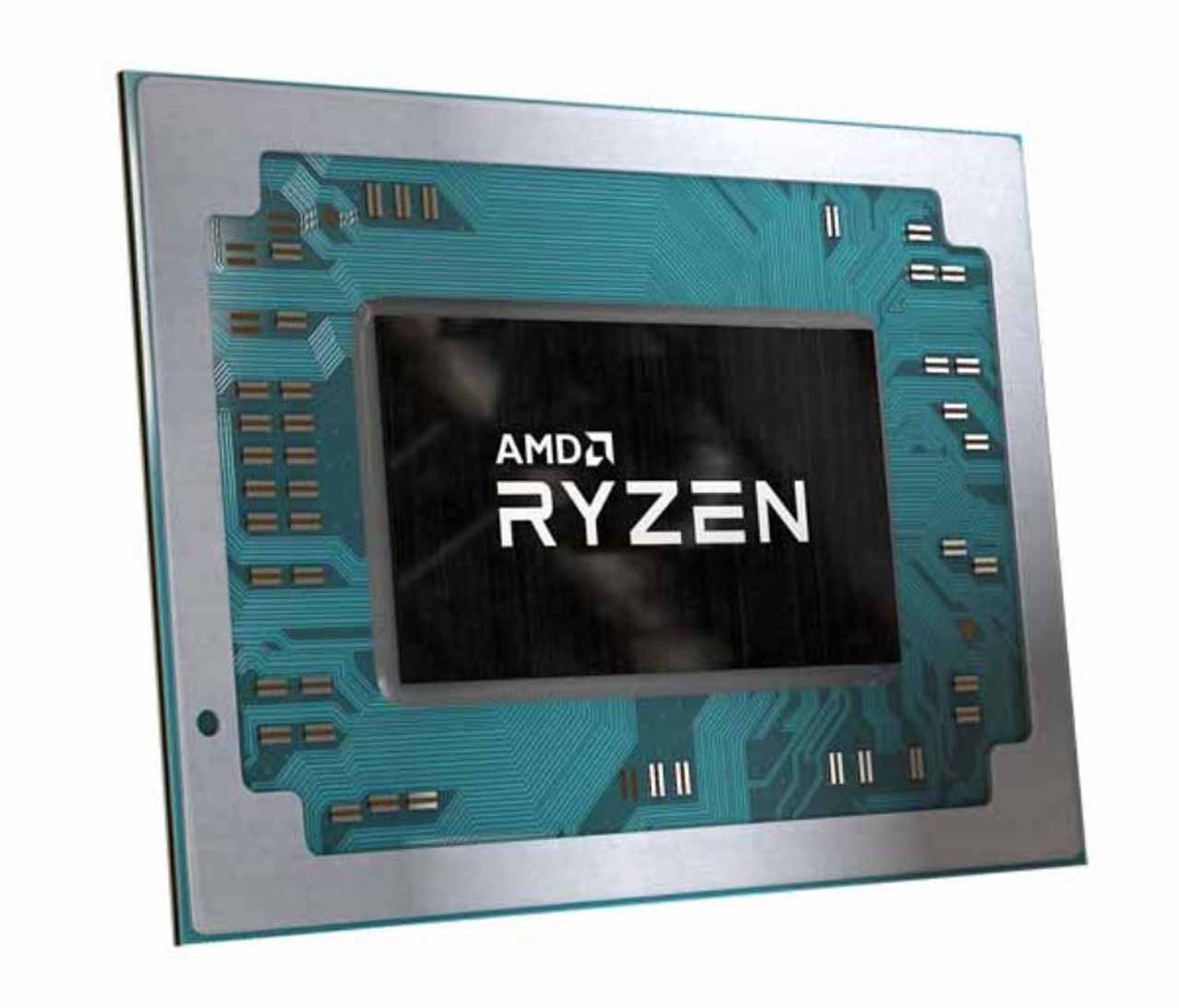AMD's Vega Graphics Coming To Gaming Laptops, Ryzen 7 2800H And Ryzen 5 2600H Listed
AMD listed the Ryzen 7 2800H and the Ryzen 5 2600H on its website. These new processors bring the inherent goodness of the Raven Ridge architecture, found in the Ryzen 5 2400G and the Ryzen 3 2200G, to gaming notebooks. As such, these processors come with AMD's Zen compute cores paired with the Vega graphics architecture, and they are also AMD's first processors to support DDR4-3200 as a base specification.
Both new models feature a similar design as their desktop counterparts, albeit with slightly redesigned in frequencies to adjust for the flimsy cooling in mobile form factors and battery life limitations. That's reflected in the processors' reduced 45W TDP (thermal design power), which is much lower than the 65W TDP found on the desktop parts. AMD does give vendors some wiggle room with a configurable TDP (cTDP) range that spans between 35W and 45W.
The move to support for DDR4-3200 is an encouraging sign, as we've shown how readily the Raven Ridge parts respond to improved memory performance. Pair that with Vega's higher clock speeds and these should be pretty powerful chips for the gaming laptop segment.
| Row 0 - Cell 0 | Ryzen 7 2800H | Ryzen 7 2700U | Ryzen 5 2600H | Ryzen 5 2500U | Athlon 200GE | Ryzen 3 2200G | Ryzen 5 2400G |
| TDP | 45W (35-54W cTDP) | 15W (12-25 cTDP) | 45W (35-54W cTDP) | 15W (12 -25 cTDP) | 35W | 65W | 65W |
| Architecture | Zen | Zen | Zen | Zen | Zen | Zen | Zen |
| Process | 14nm | 14nm | 14nm | 14nm | 14nm | 14nm | 14nm |
| Cores / Threads | 4 / 8 | 4 / 8 | 4 / 8 | 4 / 8 | 2 / 4 | 4 / 4 | 4 / 8 |
| Frequency Base / Boost (GHz) | 3.3 / 3.8 | 2.2 / 3.8 | 3.2 / 3.6 | 2.0 / 3.6 | 3.2 / - | 3.5 / 3.7 | 3.6 / 3.9 |
| Memory Speed | DDR4-3200 | DDR4-2933 | DDR4-3200 | DDR4-2933 | DDR4-2677 | DDR4-2933 | DDR4-2933 |
| Memory Controller | Dual-Channel | Dual-Channel | Dual-Channel | Dual-Channel | Dual-Channel | Dual-Channel | Dual-Channel |
| Cache (L3) | 4MB | 4MB | 4MB | 4MB | 4MB | 4MB | 4MB |
| Integrated Graphics | Radeon Vega 11 (11 CU) 1,300 MHz | Radeon Vega 10 (10CU) | Radeon Vega 8 (8 CU) 1,100 MHz | Radeon Vega 8 (8CU) | Radeon Vega 3 (3 CU) | Radeon Vega 8 (8 CU) 1,250 MHz | Radeon Vega 11 (11 CU) 1,100 MHz |
| Unlocked Multiplier | Yes | Yes | Yes | Yes | No | Yes | Yes |
| MSRP | ? | ? | ? | ? | $55 | $99 | $160 |
The Ryzen 7 2800H is analogous to the0 2700U and 2400G, but it comes with a 3.3 GHz base and 3.8 GHz boost clocks. The four-core, eight-thread CPU is complemented by Vega graphics with 11 CU (Compute Unit) clocked up to a max of 1,300 MHz, which is a nice boost over its desktop counterpart.
The Ryzen 5 2600H is similar to the 5 2500U and 2200G, but it's four cores are hyper-threaded, which is a big bonus. The Vega graphics come with 8 CUs and boost up to 1,100 MHz.
As a side note, we've already seen the Ryzen 7 2800H listed by HP in its All-In-One computers, and AMD also recently touted its improved power efficiency, though our colleague Ian Cutress over at AnandTech has pointed out that AMD's power efficiency measurement methodology could use a second look.
AMD lists the processors as available on September 10, but there hasn't been an official announcement yet, so pricing remains unknown. These processors will land at OEM and ODM customers, so pricing will likely depend upon volume.
Get Tom's Hardware's best news and in-depth reviews, straight to your inbox.

Paul Alcorn is the Editor-in-Chief for Tom's Hardware US. He also writes news and reviews on CPUs, storage, and enterprise hardware.
